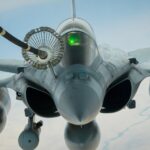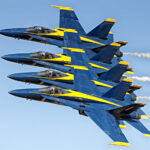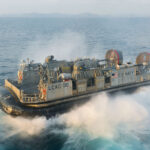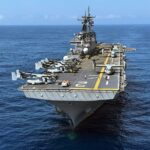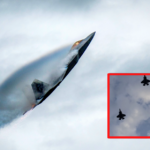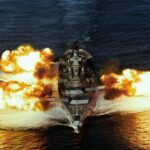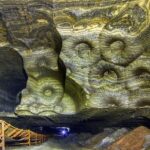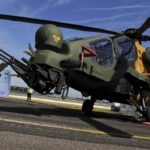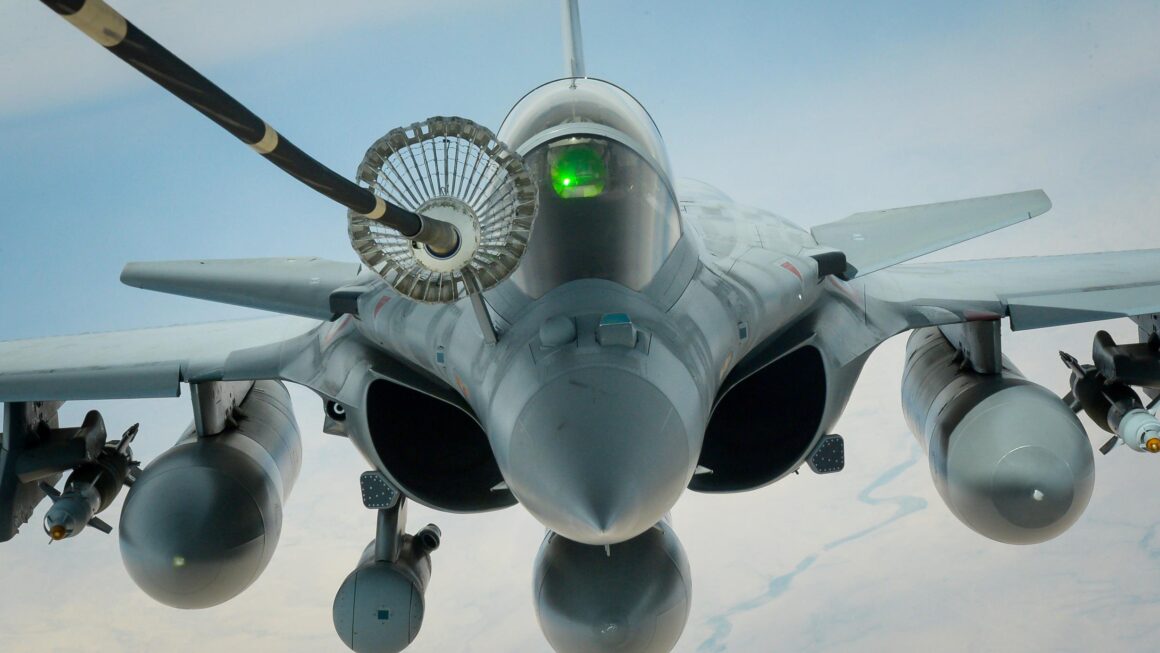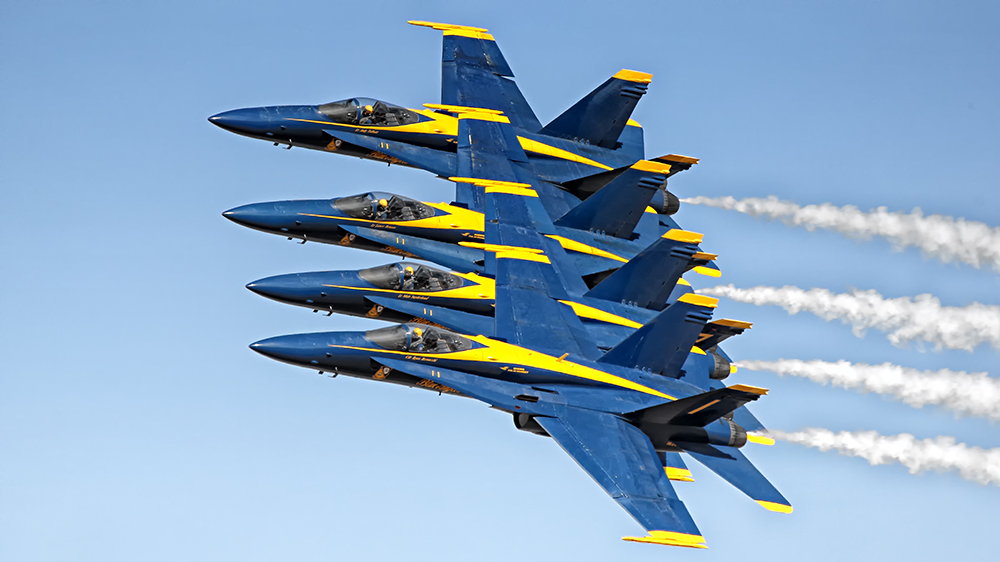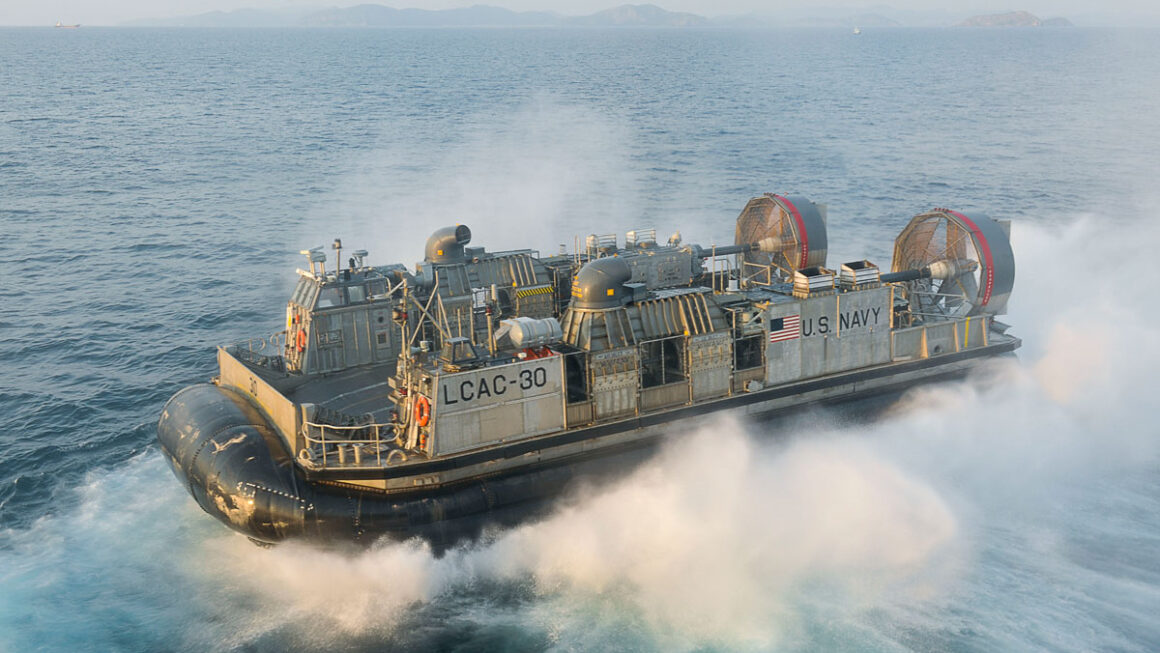UH-1 Venom is considered the most successful US helicopter. Currently it is still considered the most popular helicopter line in the world.

After more than 50 years in service, variants of the UH-1 multipurpose helicopter were becoming obsolete, compared to other US Army helicopters. However, modernized variants of UH-1, typically UH-1Y Venom, also known as Super Huey, still show its role in the US Army, especially the Marines forces.
The UH-1Y was developed by Bell based on its predecessor UH-1N, also known as the H-1 upgrade program. The UH-1N variant was commissioned by the US Army in the 1970s and operated until its retirement in August 2014. The UH-1Y Venom medium-sized utility helicopter variant was first introduced in 2008 and was officially commissioned by the US Marine Corps in 2009. It operated primarily on two key US military battlefields at the time, Iraq and Afghanistan.
Design
The helicopter is controlled by up to two pilots sitting side by side behind the short nose cap. The cockpit is fitted with a large windshield and windows on the sides, giving the pilot a good view. The crew gets in and out through two car-style doors on either side of the cockpit. The UH-1Y features a digital cockpit with flat-panel multifunctional displays, and an 84% parts commonality with the AH-1Z. The passenger compartment is right behind the cockpit, arranged with two large sliding doors.
Compared to the previous version, UH-1Y Venom has many changes such as 4-blade rotors instead of 2 blades as before, in addition it also has a new engine and advanced electronic system.
Powerplan
Super Huey is powered by 2 General Electric T700-GE-401C turboshaft engines developing to 1,828 hp. It has the large suppression covers installed at each engine’s exhaust port.
Venom can reach a top speed of nearly 300 km/h, it has a mission endurance of more than three hours and can reach a service ceiling of up to 6,100m while rate of climb of up to 12.8 meters per minute.

GULF OF ADEN (Sept. 2, 2008) An UH-1N Twin Huey helicopter approaches the flight deck of the amphibious assault ship USS Peleliu (LHA 5). Peleliu is deployed in the U.S. 5th Fleet area of responsibility supporting maritime security operations. (U.S. Navy photo by Mass Communication Specialist 2nd Class Dustin Kelling/Released)
Armament
The weapon systems on the UH-1Y include the Hydra 70 air-to-ground rocket launcher or APKWS II Advanced Precision Kill Weapon System on both sides of the hull.
There are also two M134 Minigun Gatling guns or 7.62mm M2 Browning machine guns, making it easy for the helicopter to perform fire support tasks for infantry.
Specifications
(Source: Wikipedia)
General characteristics
- Crew: 2
- Capacity: 6,660 lb (3,021 kg) / up to ten crashworthy passenger seats / six litters / equivalent cargo
- Length: 58 ft 4 in (17.78 m)
- Height: 14 ft 7 in (4.45 m)
- Empty weight: 11,840 lb (5,371 kg)
- Max takeoff weight: 18,500 lb (8,391 kg)
- Powerplant: 2 × General Electric T700-GE-401C turboshaft, 1,828 shp (1,363 kW) each for 2 minutes 30 seconds
1,546 hp (1,153 kW) continuous
- Main rotor diameter: 48 ft 10 in (14.88 m)
- Main rotor area: 1,808 sq ft (168.0 m2)
- Blade section: Narramore
Performance
- Maximum speed: 164 kn (189 mph, 304 km/h)
- Cruise speed: 158 kn (182 mph, 293 km/h)
- Never exceed speed: 198 kn (228 mph, 367 km/h)
- Combat range: 130 nmi (150 mi, 240 km) with 2,182 lb (990 kg) payload
- Endurance: 3 hours 18 seconds
- Service ceiling: 20,000 ft (6,100 m) +
- Rate of climb: 2,520 ft/min (12.8 m/s)
Armament
- 2 external stations for 70 mm (2.75 in) Hydra 70 or APKWS II rockets
- 2 pintle mounts for 7.62×51 mm M240D machine guns, .50 in (12.7 mm) GAU-21 machine guns, or 7.62×51 mm NATO GAU-17/A Gatling guns

